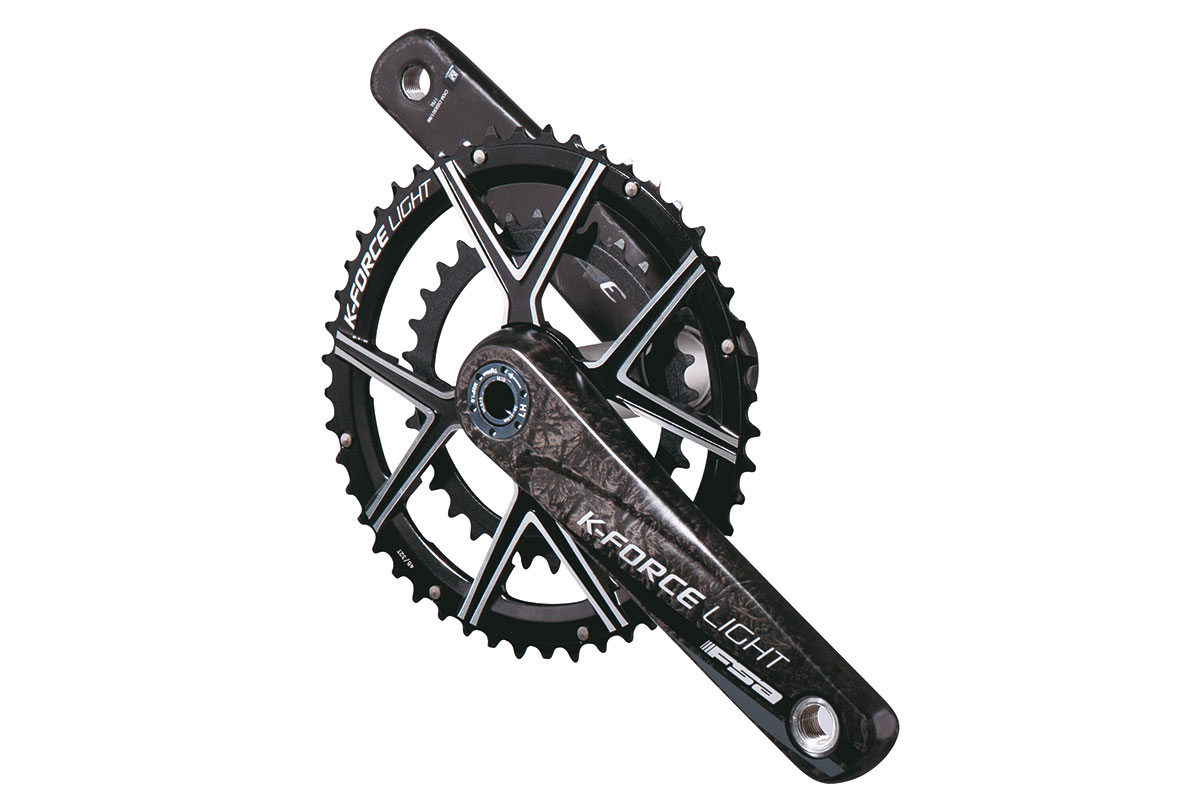We know, there’s no such thing as a stupid question. But there are some questions you might not want to ask your local shop or riding buddies. AASQ is our weekly series where we get to the bottom of your questions – serious or otherwise. Hit the link at the bottom of the post to submit your own question.
Welcome back to the Bikerumor Ask A Stupid Question series. This week, we’ve taken a handful of your questions on road bike gearing and pitched them to the experts at Classified Cycling and ROTOR America. Your contributors this week are:
- Lori Barrett, Managing Director at ROTOR
- Jef Van Herck, Marketing Manager at Classified Cycling
- John McKone, Road Marketing at Full Speed Ahead
We know some manufacturers have designed a road freehub that will accept a cassette running from 10T (or smaller). How long before they offer a 12s road cassette going from 10T? It’s needed, even at the top level. I wish I had £5 for every time I watched competitors in the three Grand Tours of 2021 spin out when racing downhill. Plus, I want one, for my 28/44 (or 26/42) White Industries touring super-climber chain set.
Classified: The reasoning behind the 10th sprocket is coming from 1X drivetrains, where the full gear range has to come from the cassette alone. In order to increase the total gear range for 1X drivetrains, the largest sprockets were made larger and the smaller ones smaller.
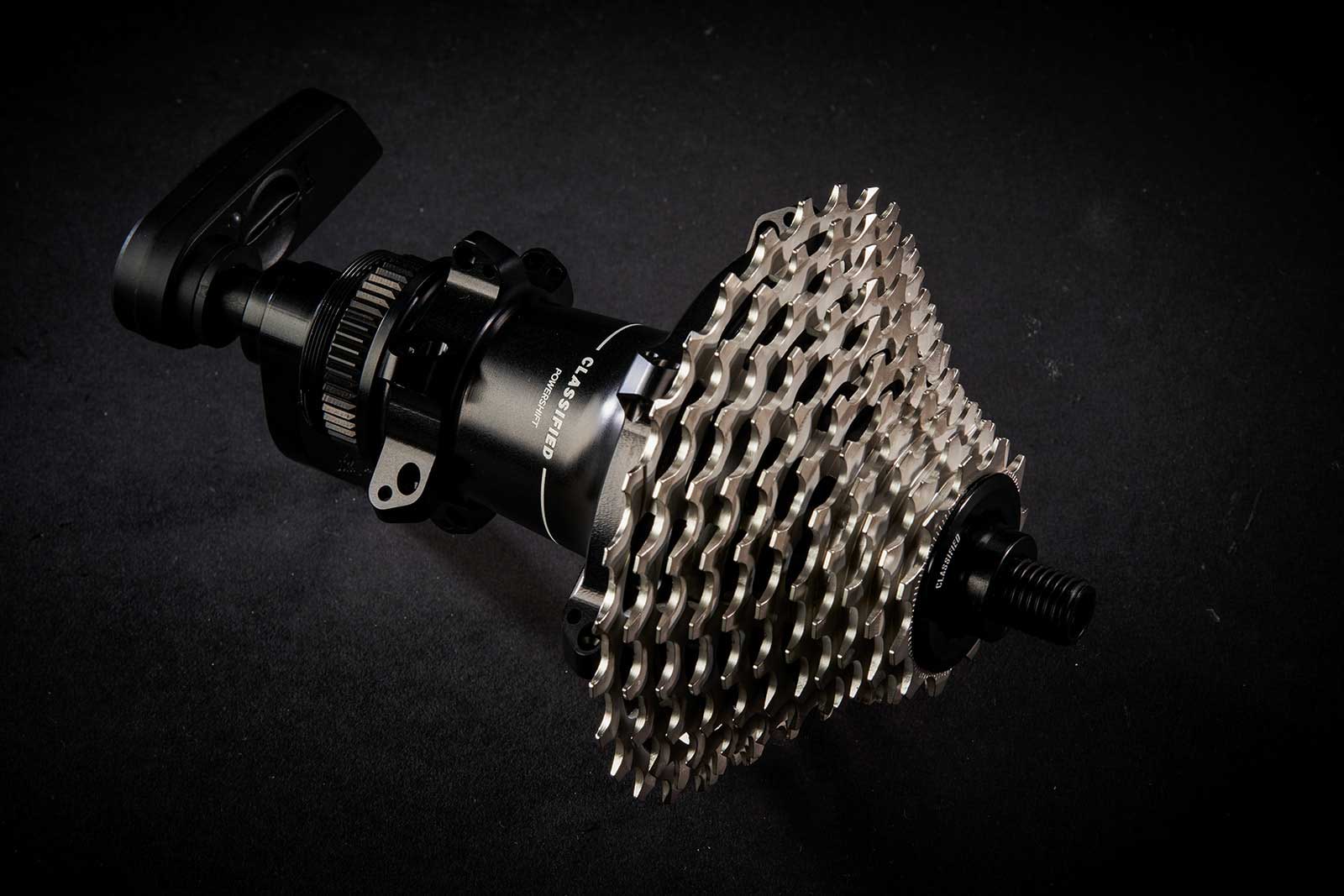
When riding a 2X system, there is no need to go to these extreme sprocket sizes, allowing you to ride a more compact cassette with small steps between sprockets, which runs smoother. For road races we therefore don’t believe that a 10th is needed, as a 2X drivetrain is the standard. To gain speed when riding downhill, it is more efficient to increase the chainring size, which also decreases your chain forces.
ROTOR America: We answer range queries with our 1×13 groupset. The 13s has a 10T cog that is outboard from the freehub body, making it compatible with a standard HG freehub body on the ROTOR 13s hub. With massive cassette options from 10-52 down to 10-36, going from road gearing to touring rig climbing gears is as simple as changing the cassette.
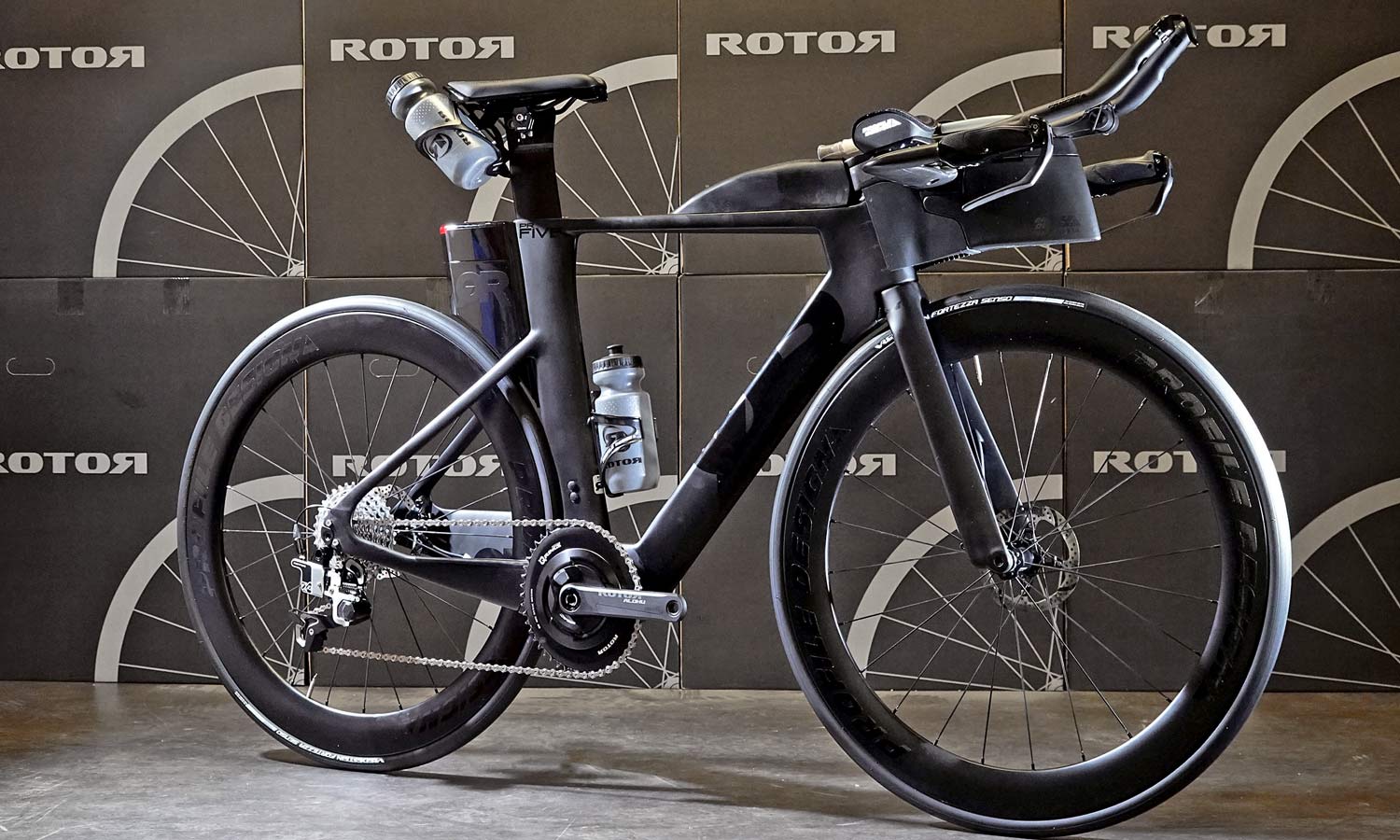
Will ROTOR have road DM double ring sets that work for SRAM AXS (road)? That means 13 tooth difference between the inner and outer ring AND teeth shaped to work with the SRAM 12 Speed FlatTop chain.
ROTOR America: We released AXS-compatible 2x chainring sets in round & oval in August of 2019. We added to the range this spring with 107 BCD for SRAM Force, expanding the size offerings with 50/37, in addition to the 48/35 already available.
What is the most efficient cadence for hill climbing (road cycling), and what factors affect this?
Classified: According to one of the World Tour riders who is testing our Classified shifting system on a daily basis, the perfect cadence for hill climbing is around 90, but he sees a lot of variation in the peloton. In case of extreme tiredness and exhaustion, the control of the muscles is less anyway. This will cause you to pedal harder in order to maintain an efficient pedal stroke.
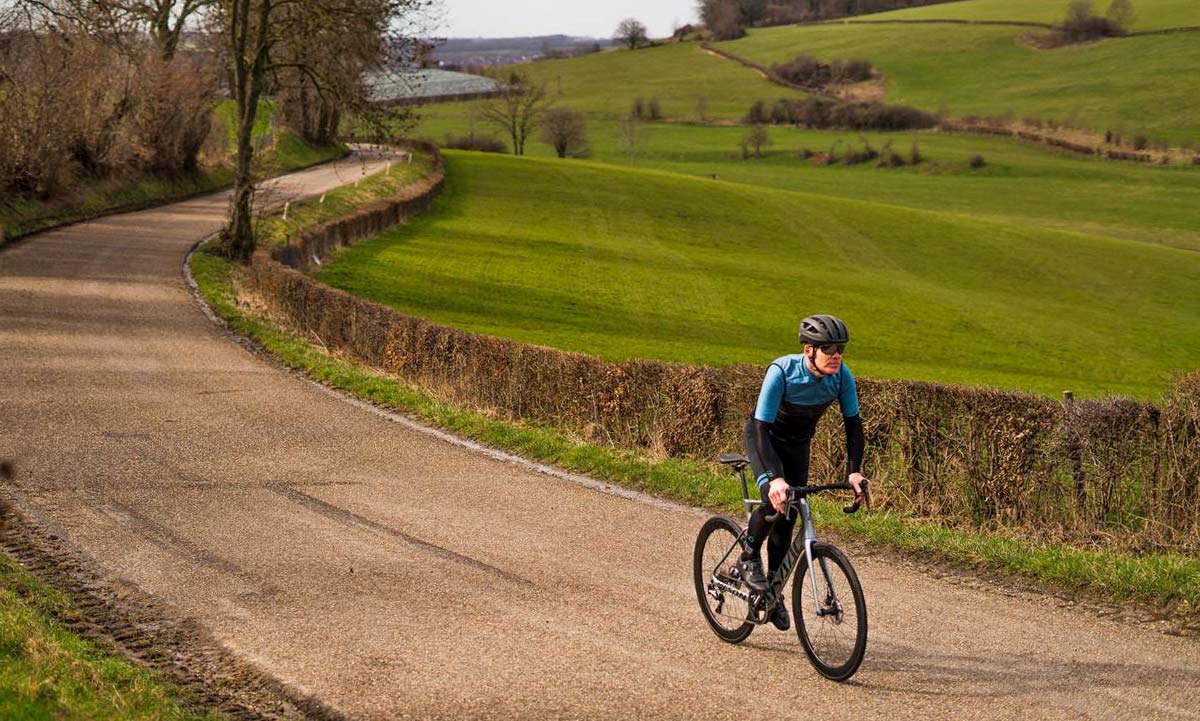
ROTOR America: A lot of pedal stroke efficiency depends on the strengths of the individual cyclist. Some riders’ physiology works best in a low gear and high cadence (depending more on aerobic capacity,) while others succeed with a heavy gear and low cadence, depending more on muscular strength. ROTOR believes that oval chainrings benefit all categories of climbers, as the adjustable oval allows the rider to experience less drag in the back of the pedal stroke while maximizing the strong push on the front side.
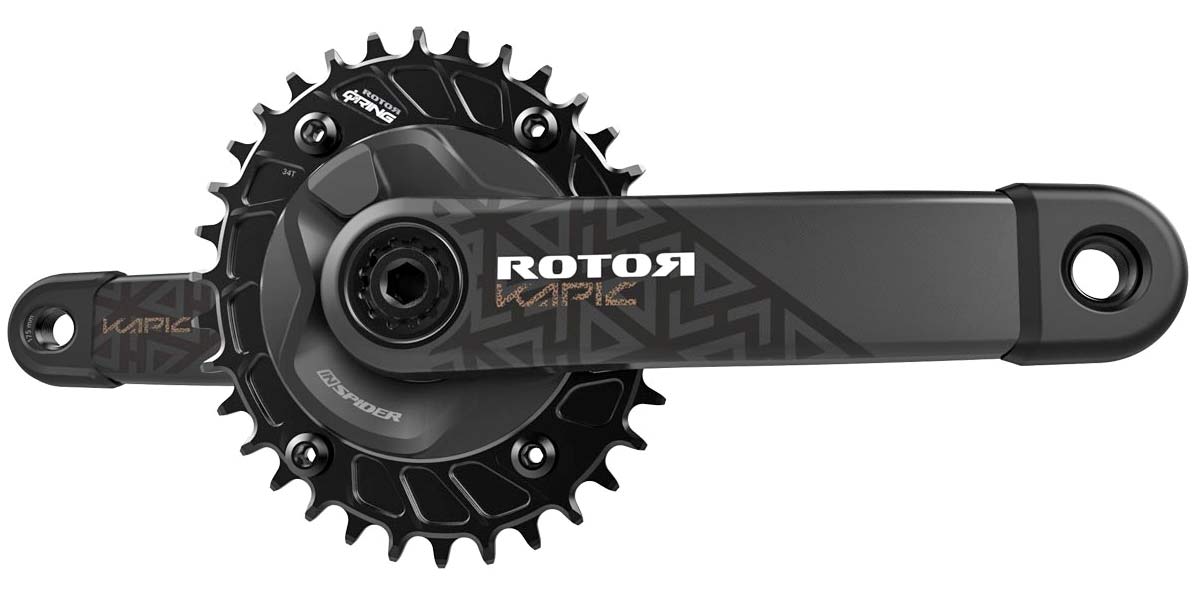
FSA: This is a very personal question that is unique to each rider and it could be said that there are many ways to approach a climb. Preferred cadences are anywhere between 75-95 rpm, depending on each rider’s physiology and riding style. The upper end of this range, 85-95 rpm, has been seen to be the most efficient for sustained efforts and longer climbs. You may not tax your muscular system at this higher cadence, but you will find yourself nearer to your anaerobic thresholds.
Finding that balance is the key. Of course, there are multiple factors that come into play such as the length of a climb, steepness, and number of riders if you are in a group. If there are pack-surges or the pace is too high when riding with others, simply keep your own cadence and heart rate within limits to finish the climb on your own. You don’t want to blow up and put yourself in the ‘red zone’ in the first few hundred meters just to keep with the pace.
From an equipment perspective, having the correct gearing is also key. Full Speed Ahead pioneered the first compact road cranksets and since has been introducing lower geared configurations for just such riding. Even dropping down onto a 52/36t road crankset will make a difference from a standard road set up of 53/39t, while the biggest gains would be a Super Compact such as the FSA K-Force Modular Adventure cranks which offers choices of 48x32t and 46x30t.
Enough low range on a 11-34t rear cassette will get riders up climbs within their limits. Other tech additions to consider may include a digital readout computer that displays cadence and heart rate data. These tools can help riders reach their goals and become more efficient climbers.
Got a question of your own? Click here to use the Ask A Stupid Question form to submit questions on any cycling-related topic of your choice, and we’ll get the experts to answer them for you!

